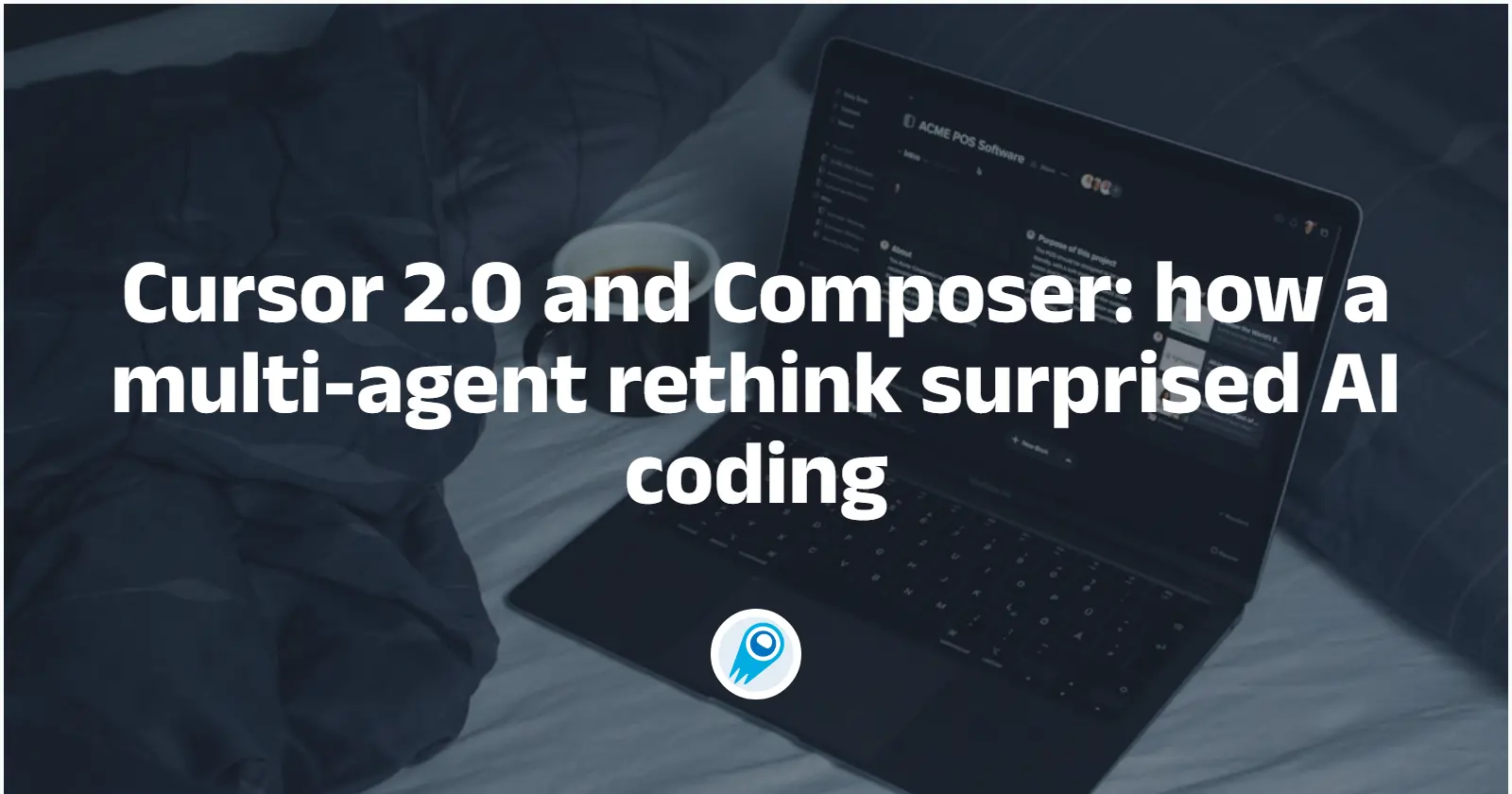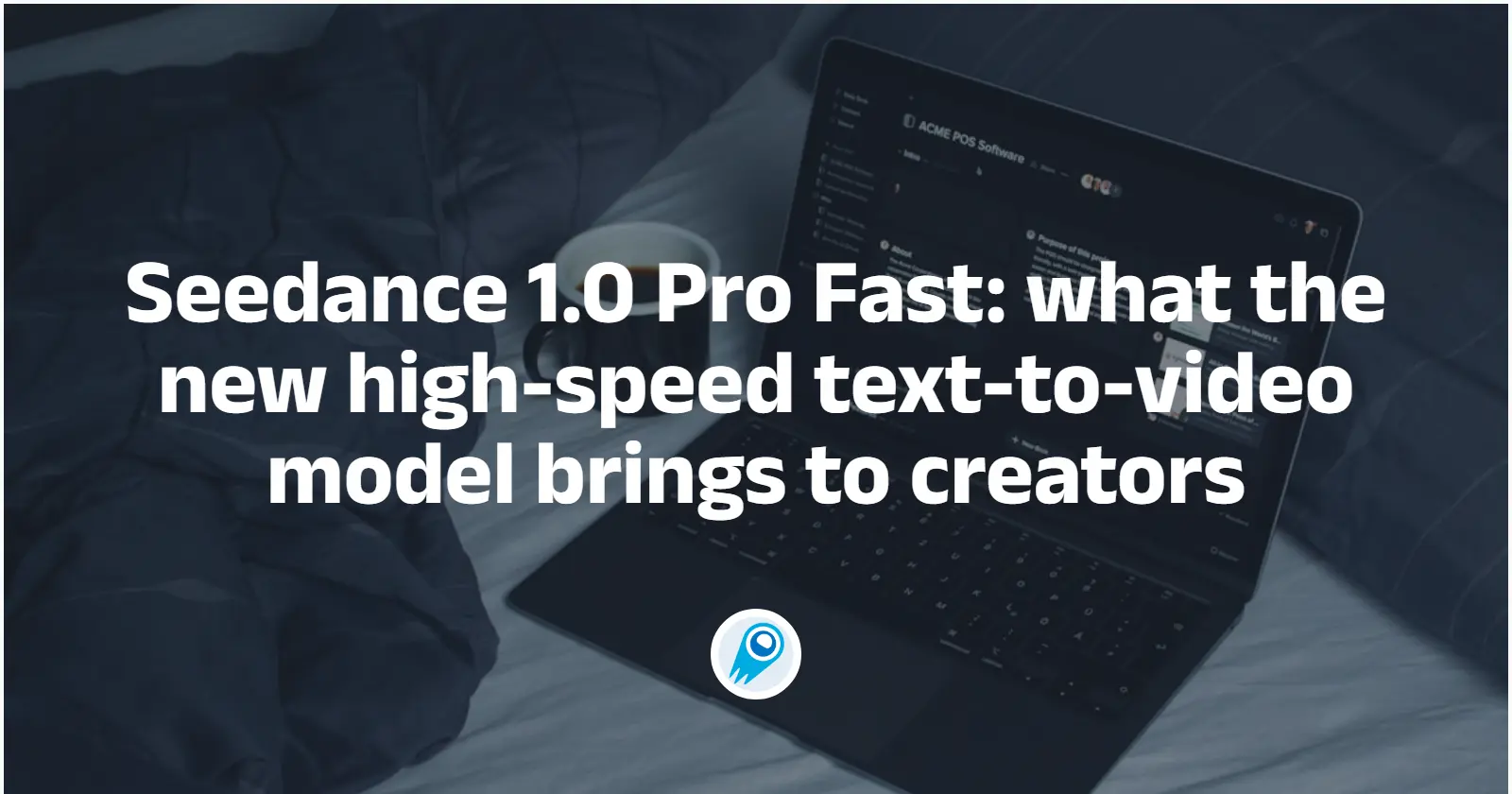Comet API Blog
The CometAPI Blog shares practical guides and updates on mainstream
AI models to help developers get started quickly and integrate them efficiently.
How to use Claude haiku 4.5 API? Access, Price & usage guide
Anthropic this week unveiled Claude Haiku 4.5, a latency-optimized “small” member of its Claude 4 family that the company says delivers near-frontier reasoning and coding performance while running dramatically faster and cheaper than its mid- and top-tier siblings. According to Anthropic, Haiku 4.5 matches much of the practical developer performance of the company’s Sonnet model […]
How ChatGPT (and similar services) figure out where you are
ChatGPT (and services built on OpenAI’s models) do not have mystical GPS access inside the model itself. Instead, user location is established by a combination of network-level metadata (IP addresses), explicit device/browser permissions (the Geolocation API or mobile OS location services), information the user types into chat, and — in some cases — third-party plugins […]
How Many Parameters does GPT-5 have
OpenAI has not published an official parameter count for GPT-5 — from around 1.7–1.8 trillion parameters (dense-model style estimates) to tens of trillions if you count the total capacity of Mixture-of-Experts (MoE) style architectures. None of these numbers are officially confirmed, and differences in architecture (dense vs. MoE), parameter sharing, sparsity and quantization make a […]
How to integrate Agno with CometAPI (and why it matters)
Agno has been evolving rapidly into a production-grade AgentOS—a runtime, framework and control plane for multi-agent systems—while CometAPI (the “all models in one API” aggregator) announced official support as a model provider for Agno. Together they make it straightforward to run multi-agent systems that can switch between hundreds of model endpoints without rewriting your agent […]
Claude Haiku 4.5 — near-frontier coding power at a fraction of the cost
Anthropic this week unveiled Claude Haiku 4.5, a latency-optimized “small” member of its Claude 4 family that the company says delivers near-frontier reasoning and coding performance while running dramatically faster and cheaper than its mid- and top-tier siblings. According to Anthropic, Haiku 4.5 matches much of the practical developer performance of the company’s Sonnet model […]
Google’s Veo 3.1: what is the new release changes for AI video and how use it
Google today expanded its generative video toolkit with Veo 3.1, an incremental but consequential update to the company’s Veo family of video models. Positioned as a middle ground between rapid prototype generation and higher-fidelity production workflows, Veo 3.1 brings richer audio, longer and more coherent clip generation, tighter prompt adherence, and a number of workflow […]
How many gallons of water does ChatGPT use?
OpenAI’s CEO Sam Altman publicly stated that an average ChatGPT query uses ≈0.000085 gallons of water (about 0.32 milliliters, roughly one-fifteenth of a teaspoon) and ≈0.34 watt-hours of electricity per query. That per-query figure, when multiplied at scale, becomes meaningful but remains far smaller than many prior alarmist headlines claimed — provided you accept Altman’s […]
How Much Does Claude Sonnet 4.5 Cost?
Anthropic’s Claude Sonnet 4.5 (often shortened to Sonnet 4.5) arrived as a performance-focused successor in Anthropic’s Claude family. For teams deciding whether to adopt Claude Sonnet 4.5 for chatbots, code assistants, or long-running autonomous agents, cost is a top question — and it’s not just the sticker price per token that matters, but how you […]
How Many GPUs to train gpt-5? All You Need to Know
Training a state-of-the-art large language model (LLM) like GPT-5 is a massive engineering, logistical, and financial undertaking. Headlines and rumors about how many GPUs were used vary wildly — from a few tens of thousands to several hundreds of thousands — and part of that variance comes from changing hardware generations, efficiency gains in software, […]
How to Access Sora 2 — The latest complete guide to omnichannel
Sora 2 is one of the fastest-moving AI products of 2025: a next-generation video + audio generation system from OpenAI that produces short cinematic clips with synchronized audio, multi-shot coherence, improved physics, and a “cameos” system for inserting people into generated scenes. Because Sora 2 is new and evolving rapidly — launched in late September […]
MiniMax Releases MiniMax Speech 2.6 — A Deep Dive into the New Speech Model
MiniMax announced MiniMax Speech 2.6, the company’s newest text-to-speech (TTS) / text-to-audio engine optimized for real-time voice agents, voice cloning, and high-fidelity narration. The update […]

How to delete Luma AI creations? 2 Ways!
Generative tools like Luma AI’s Dream Machine make powerful, beautiful images and videos fast — but sometimes you change your mind. Whether you want to […]

How Much Does Cursor Composer Cost?
Cursor Composer is a new, frontier-grade coding model released as part of Cursor 2.0 that delivers much faster, agentic code-generation for complex, multi-file workflows. Access […]

How to access and use Minimax M2 API
MiniMax M2, a new generation large language model optimized for agentic workflows and end-to-end coding. MiniMax publicly released MiniMax-M2 and published weights on Hugging Face; […]

Cursor 2.0 and Composer: how a multi-agent rethink surprised AI coding
Cursor, the AI-first code editor and agent platform, released Cursor 2.0 on October 29, 2025 — a major update that pairs a purpose-built coding model […]

Seedance 1.0 Pro Fast: what the new high-speed text-to-video model brings to creators
ByteDance’s Seedance family — the company’s flagship text-to-video and image-to-video line — just added a new member: Seedance 1.0 Pro Fast. Marketed as a cinematic, […]
